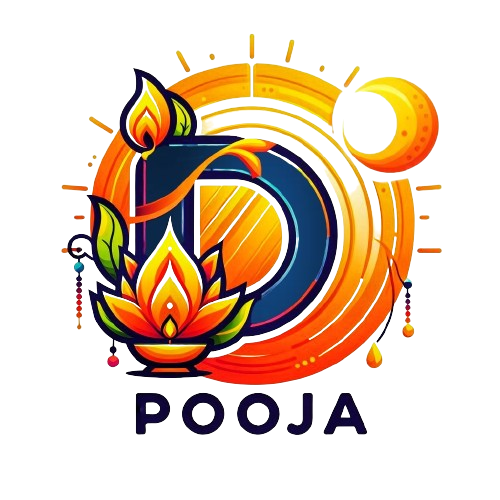Chanda Vaadyam

Chanda Vaadyam: The Rhythmic Heartbeat of South Indian Music
In the rich tapestry of South Indian musical traditions, Chanda Vaadyam stands out as a vibrant and integral part of the cultural landscape. Rooted in ancient traditions and passed down through generations, this percussion ensemble holds a special place in religious ceremonies, classical concerts, and cultural events, where its rhythmic prowess creates an enchanting atmosphere.
The Essence of Chanda Vaadyam
Chanda Vaadyam is a traditional percussion ensemble that typically consists of instruments like the maddalam, ilathalam, kombu, and kuzhal. Each instrument plays a specific role in creating a harmonious blend of rhythms that form the backbone of South Indian classical music and temple rituals.
The Instruments of Chanda Vaadyam
Maddalam: The maddalam is a double-sided drum that produces a deep, resonant sound. It is often used as the primary percussion instrument in Chanda Vaadyam ensembles, providing a steady beat and complex rhythms.
Ilathalam: The ilathalam, also known as the cymbals, adds a shimmering quality to the ensemble. Its metallic tones punctuate the rhythmic patterns and create a lively atmosphere.
Kombu: The kombu is a traditional horn instrument that adds a melodic element to Chanda Vaadyam. Its rich, deep tones complement the percussive sounds and add depth to the ensemble’s music.
Kuzhal: The kuzhal, a double-reed wind instrument, adds a melodic and lyrical dimension to Chanda Vaadyam. Its haunting tones blend seamlessly with the rhythmic patterns, enhancing the overall musical experience.
The Role of Chanda Vaadyam in Poojas
In the context of divine poojas, Chanda Vaadyam plays a crucial role in setting the mood and creating a spiritually charged atmosphere. The rhythmic patterns and melodic interplay of the instruments elevate the pooja experience, invoking a sense of devotion and reverence among the participants.
The Cultural Significance of Chanda Vaadyam
Beyond its role in religious ceremonies, Chanda Vaadyam holds cultural significance as a symbol of South Indian musical heritage. Its intricate rhythms and melodious compositions reflect the depth of South Indian musical traditions and contribute to the rich tapestry of the region’s cultural identity.
Conclusion
Chanda Vaadyam represents the timeless rhythms that have echoed through South Indian temples and cultural events for centuries. Its intricate compositions and spiritual resonance make it an essential part of divine poojas, where it adds a touch of musical splendor to the rituals. As a cherished tradition passed down through generations, Chanda Vaadyam continues to enchant audiences with its captivating rhythms and timeless melodies, embodying the essence of South Indian musical heritage.
